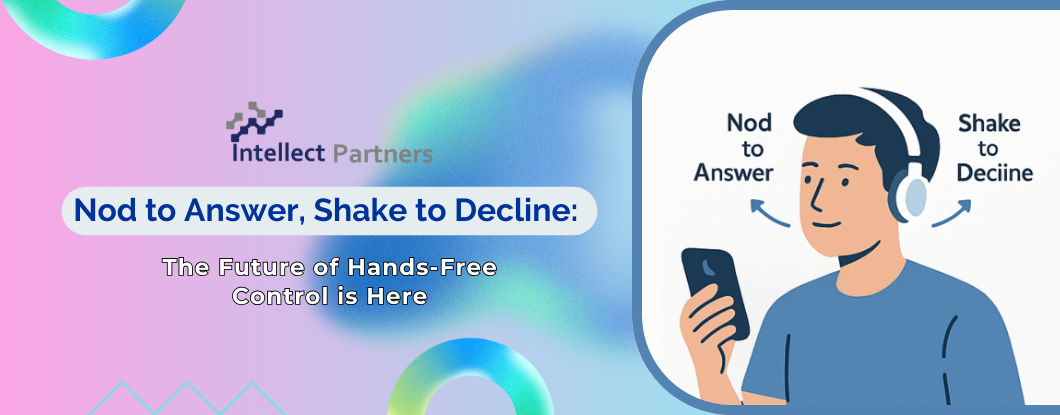Revolutionizing Mobile Interaction with Head Gesture-Controlled Headphones
The way we interact with our mobile devices is evolving rapidly—and the latest innovation in headphone technology is paving the way for a fully hands-free experience. Thanks to motion and force sensors integrated into modern headphones, users can now control smartphone functions with a simple nod or head shake.
This breakthrough eliminates the need for touch-based interaction in everyday situations, making tech more accessible and intuitive for users on the move.


How Head Gesture Control Technology Works
Headphones equipped with motion sensors can detect subtle movements—like nodding up and down or shaking the head side to side. These gestures are then interpreted as input commands to perform tasks such as:
- Answering or rejecting calls
- Controlling media playback
- Navigating apps
- Interacting with virtual assistants
The best part? It all happens without needing to touch your device. Whether you’re driving, working out, or multitasking, head gestures offer a safer, more convenient way to stay connected.

Apple AirPods 4: Leading the Gesture-Control Revolution
At WWDC24, Apple unveiled the game-changing AirPods 4, which feature advanced head gesture controls. Users can now:
– Nod to answer incoming calls
– Shake their head to decline
– Control interactions with intuitive movements
This marks a major leap forward in wearable tech and reinforces Apple’s commitment to enhancing user experience—especially for people who need hands-free solutions while driving or exercising.

What’s Next for Hands-Free Control?
The implications of gesture-controlled headphones go far beyond calls. Future developments may include:
– Volume control with subtle tilts
– Seamless music playback commands
– Virtual assistant activation via head movement
– Enhanced accessibility features for users with physical disabilities
As the tech matures, head gesture input may become standard across all smart audio devices. With Apple setting the pace, it’s only a matter of time before competitors introduce similar features in their wearables.
The Bigger Picture: Making Technology More Human
Head gesture control is more than a convenience—it’s a leap toward more natural, human-centered tech. By integrating intuitive movements into daily interactions, companies are designing devices that align with how we live, move, and multitask.
Expect this innovation to influence everything from gaming headsets and AR glasses to future smart home systems. The future of mobile interaction is not just hands-free—it’s effortless.


